Is Radiesse Safe? Common Radiesse Side Effects and Aftercare Tips
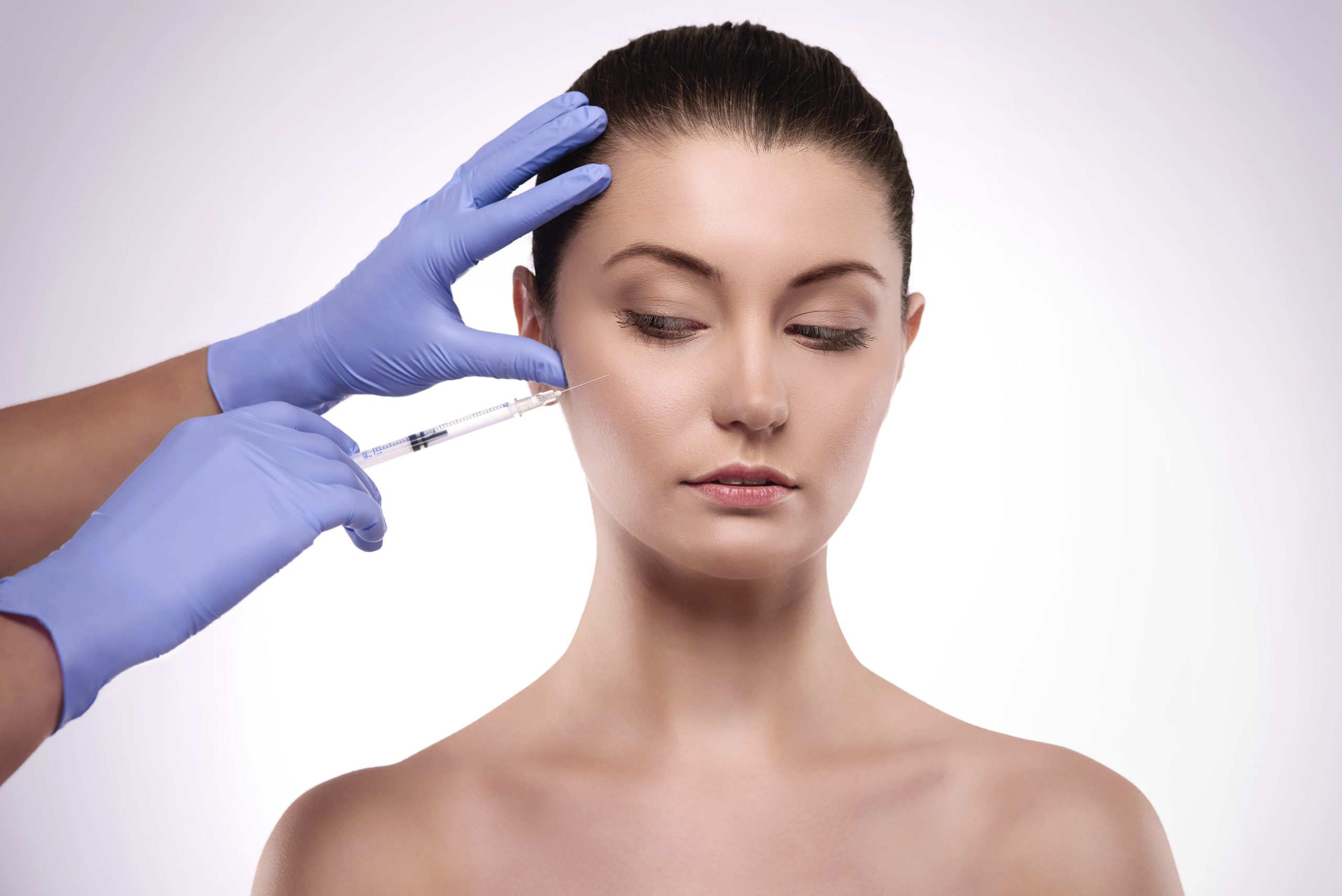
Radiesse is a biostimulator and long-lasting dermal filler, widely used for facial volume restoration and hand rejuvenation. However, if you’re considering offering this treatment to your patients, one question naturally arises: Is Radiesse safe? In this article, we break down Radiesse’s side effects and risks, share pre- and post-care tips, and offer valuable Radiesse filler insights for both patients and practitioners.
Is Radiesse Safe?
Radiesse is an FDA-approved filler for correcting facial and body volume loss, with a strong track record in aesthetic and reconstructive medicine. Its key ingredient, calcium hydroxylapatite (CaHA), is a biocompatible, non-toxic compound found naturally in human bones. When injected, CaHA microspheres are suspended in a smooth carrier gel that provides immediate volume while stimulating the body’s own collagen production over time.
The filler is then gradually absorbed by the body and replaced with natural collagen, making it a safe option for many patients and offering long-term rejuvenation and regeneration. With over a decade of use and numerous clinical studies supporting its efficacy, Radiesse remains one of the most trusted biostimulatory fillers on the market today.
Learn more about Radiesse longevity and how it compares to other options.
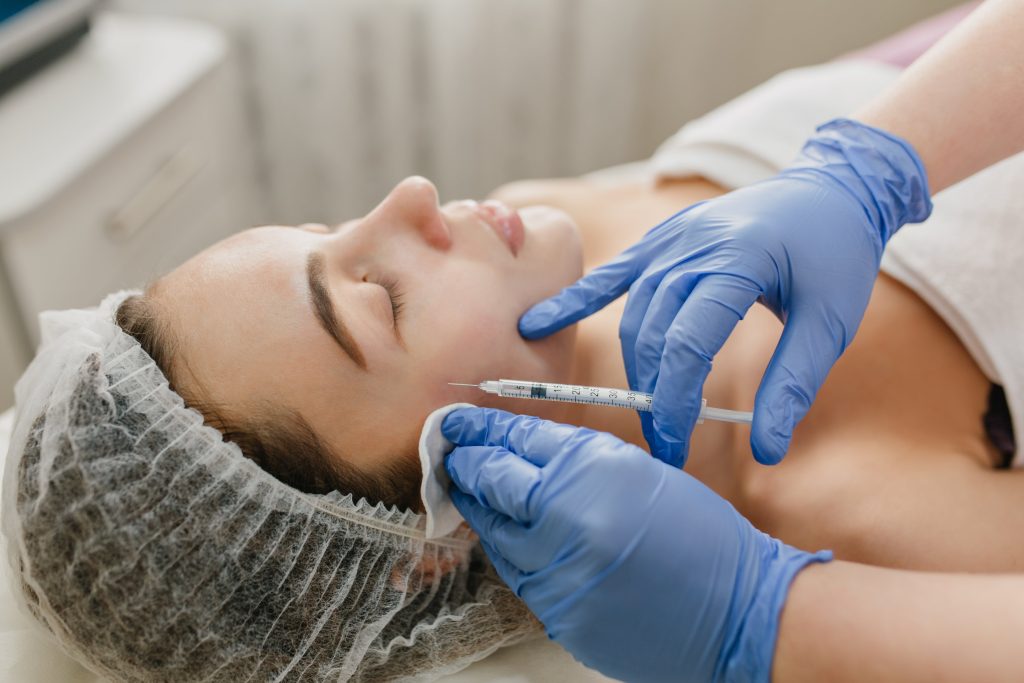
Common and Potential Radiesse Side Effects
As with any injectable, common side effects are an expected part of the treatment, and most are mild and temporary. Still, it’s important to be informed about all potential reactions, both common and rare. Let’s take a look at the common and rare Radiesse side effects:
Common side effects (occur shortly after injection and resolve within a few days):
- Swelling, bruising, or redness at the injection site
- Tenderness or sensitivity in the treated area
Moderate side effects (may last slightly longer but are generally manageable):
- Firmness or small nodules, especially in areas of frequent movement like the nasolabial folds
- Unevenness that may soften over time
Rare but serious risks:
- Vascular occlusion (blockage of a blood vessel), which can cause tissue damage and requires urgent medical intervention
- Delayed inflammatory reactions, which may appear weeks or months post-injection
- Granuloma formation or prolonged nodules in patients with sensitive immune responses
- Allergic reactions and anaphylaxis
How to Reduce Radiesse Risks and Side Effects
While Radiesse is considered safe for most patients, minimizing potential side effects depends heavily on proper technique and careful patient selection. Following these best practices can help reduce complications and ensure optimal, long-lasting results:
- Radiesse should only be administered by a licensed and experienced medical professional
- Use of proper injection depth and volume control is essential
- Consider using a cannula for high-risk areas to reduce trauma and vascular injury
- Carefully screen patients with autoimmune conditions or previous complications from fillers
For a visual overview of expected outcomes, see Radiesse before and after examples.
Pre-Care Tips for Radiesse Treatment
Preparing the skin and body before a Radiesse filler treatment can reduce side effects and help achieve smoother results. Here’s what to instruct your patient to do before coming in for their scheduled appointment:
- Avoid alcoholic beverages at least 48 hours before treatment.
- Do not take blood-thinning medications (e.g., aspirin, ibuprofen) for at least 48 hours before the procedure.
- Do not schedule Radiesse treatment immediately before a major event to allow time for any swelling or bruising to subside.
- Stay well-hydrated and eat a balanced meal before your appointment to avoid lightheadedness.
These steps help minimize bruising, improve comfort during treatment, and promote better healing following Radiesse injections.
Aftercare Tips for Patients
Proper aftercare is essential for minimizing Radiesse side effects and achieving optimal results. Patients should be advised to follow these guidelines:
- Avoid strenuous workouts and excessive sweating for 24-48 hours after treatment.
- Avoid heat exposure from saunas and steam rooms for 24-48 hours post-treatment.
- Don’t massage or rub your face or treated area for 24-48 hours after treatment.
- Apply a cold compress intermittently during the first 24 hours to reduce swelling and bruising.
- After Radiesse facial fillers, sleep with your head elevated the first night to prevent swelling.
Patients should also be advised to monitor for any unusual symptoms such as severe pain, prolonged redness, or signs of infection, and contact their medical provider promptly. These aftercare measures support healing, reduce the risk of complications, and ensure longer-lasting results.
Best Practices for Practitioners
Delivering safe and effective Radiesse treatments begins with precise technique and thoughtful patient selection.
Practitioners should ensure correct placement of the filler at the appropriate depth, using volume control to avoid overcorrection or uneven results. In areas with higher vascular risk, such as around the nose or mouth, the use of a cannula can help minimize complications like bruising or vessel occlusion.
It’s also essential to assess patient history to conclude which patients are ideal candidates and which should not get Radiesse treatment (those with autoimmune disorders or previous granulomatous reactions may not be ideal candidates).
Building Patient Trust
Clear and honest communication during consultations plays a vital role in managing expectations and building long-term patient confidence. Since Radiesse is not reversible, it’s important to explain its lasting nature and set realistic expectations around potential swelling or firmness post-treatment. Educating patients on its dual-action effect, immediate volumization followed by prolonged collagen stimulation, helps them understand both the short- and long-term benefits. A follow-up appointment within 2 to 4 weeks allows for outcome review and fosters ongoing trust.
Why Clinics Choose Radiesse
Offering Radiesse in your clinic or practice can improve both treatment outcomes and business performance. Its long-lasting results reduce the need for frequent touch-ups, providing excellent value for patients and increasing clinic efficiency. Clinics can confidently buy Radiesse from trusted suppliers like Best Buy Fillers to ensure consistent availability and authentic, high-quality stock for their expanding client base.
FAQ About Radiesse Side Effects
If you’re considering adding Radiesse to your practice, it’s important to understand both the benefits and potential downsides of this treatment. Below are answers to the most frequently asked questions about Radiesse side effects, safety, and suitability.
What are the long-term side effects of Radiesse?
Long-term side effects are very rare, but in some cases, small nodules or delayed inflammatory responses may appear weeks to months post-treatment.
What are the downsides of Radiesse fillers?
Radiesse is not reversible, so overcorrection may require time to resolve. It’s also not recommended for superficial lines or delicate areas like the lips or tear troughs.
Who should not use Radiesse?
Patients with autoimmune disorders, active skin infections, allergic reactions to lidocaine or hyaluronic acid, or a history of granulomatous reactions should avoid this filler.
What are the disadvantages of Radiesse?
Radiesse filler is not an ideal choice for fine lines, delicate areas of the face, or shallow placement.
Does Radiesse migrate?
When injected correctly into the appropriate plane, Radiesse remains stable. Migration is rare and typically due to improper technique.
Conclusion
So, is Radiesse safe? Yes, when administered by a qualified medical professional and used on the right patients, Radiesse is considered a highly safe and effective option for both facial and hand rejuvenation.
Its biocompatible calcium hydroxylapatite formulation, FDA approval, and long clinical track record all support its strong safety profile. While Radiesse side effects can occur, they are typically mild and manageable with proper pre-care, technique, and aftercare.
To ensure the highest standards of treatment quality and product authenticity, clinics should always buy Radiesse from reputable suppliers like Best Buy Fillers shop.
References
Goldman, M. P. (2006). Calcium hydroxylapatite: A new filler material for aesthetic facial contouring. Dermatologic Surgery, 32(11), 1321–1329. https://pubmed.ncbi.nlm.nih.gov/16936540/
Berlin, A. L., Hussain, M., & Goldberg, D. J. (2008). Calcium hydroxylapatite filler for facial rejuvenation: A histologic and immunohistochemical analysis. Dermatologic Surgery, 34(S1), S64–S67. https://pmc.ncbi.nlm.nih.gov/articles/PMC2544361/
Continue reading
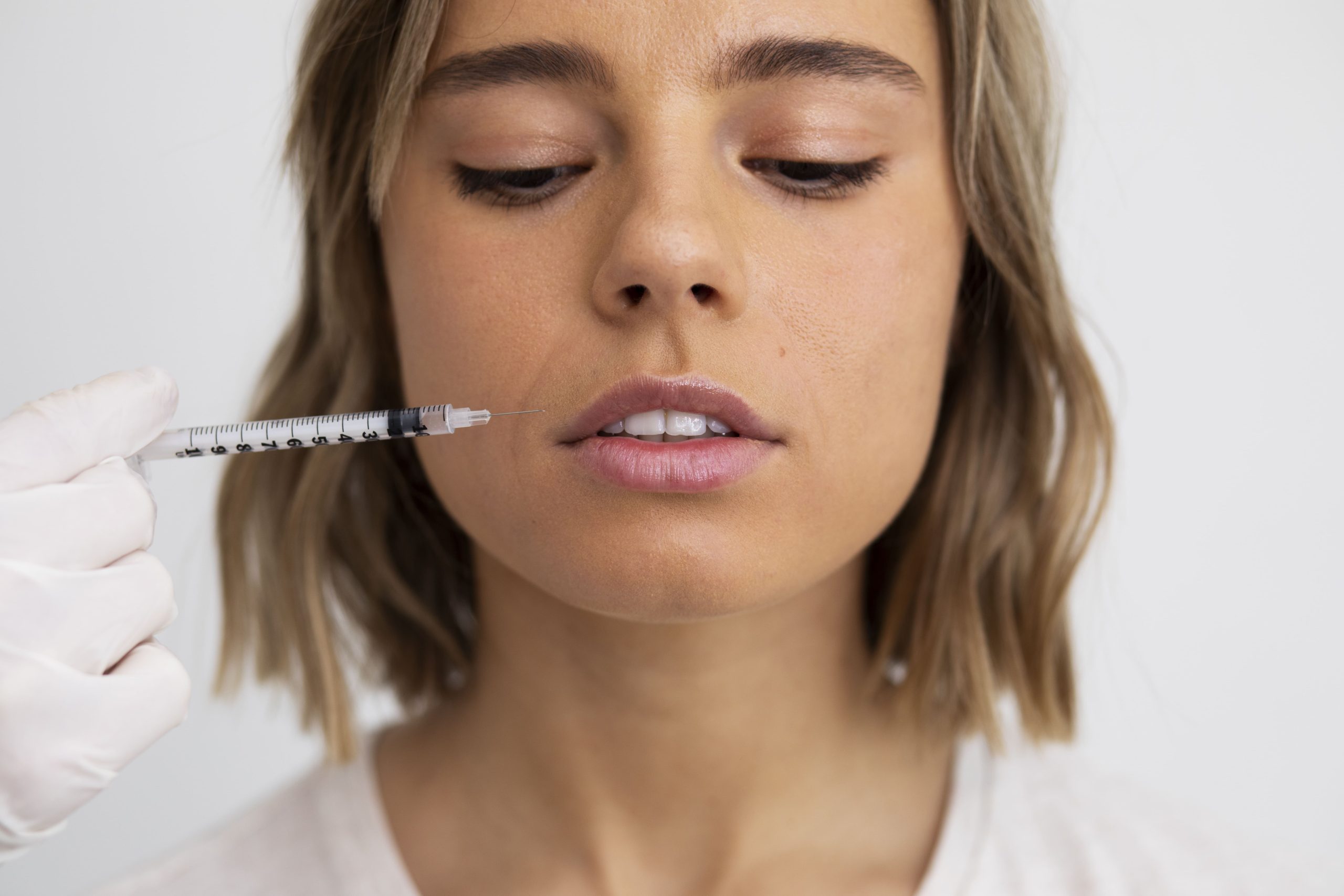
Radiesse or Juvederm? Which One Should You Use for Facial Contouring?
Facial contouring is more than just adding volume – it’s about sculpting definition, correcting asymmetries, and enhancing structure. Achieving those goals requires the right product, precise technique, and a deep understanding of dermal filler properties. Among the most commonly used injectables in aesthetic medicine, Radiesse and Juvederm stand out as…
Read More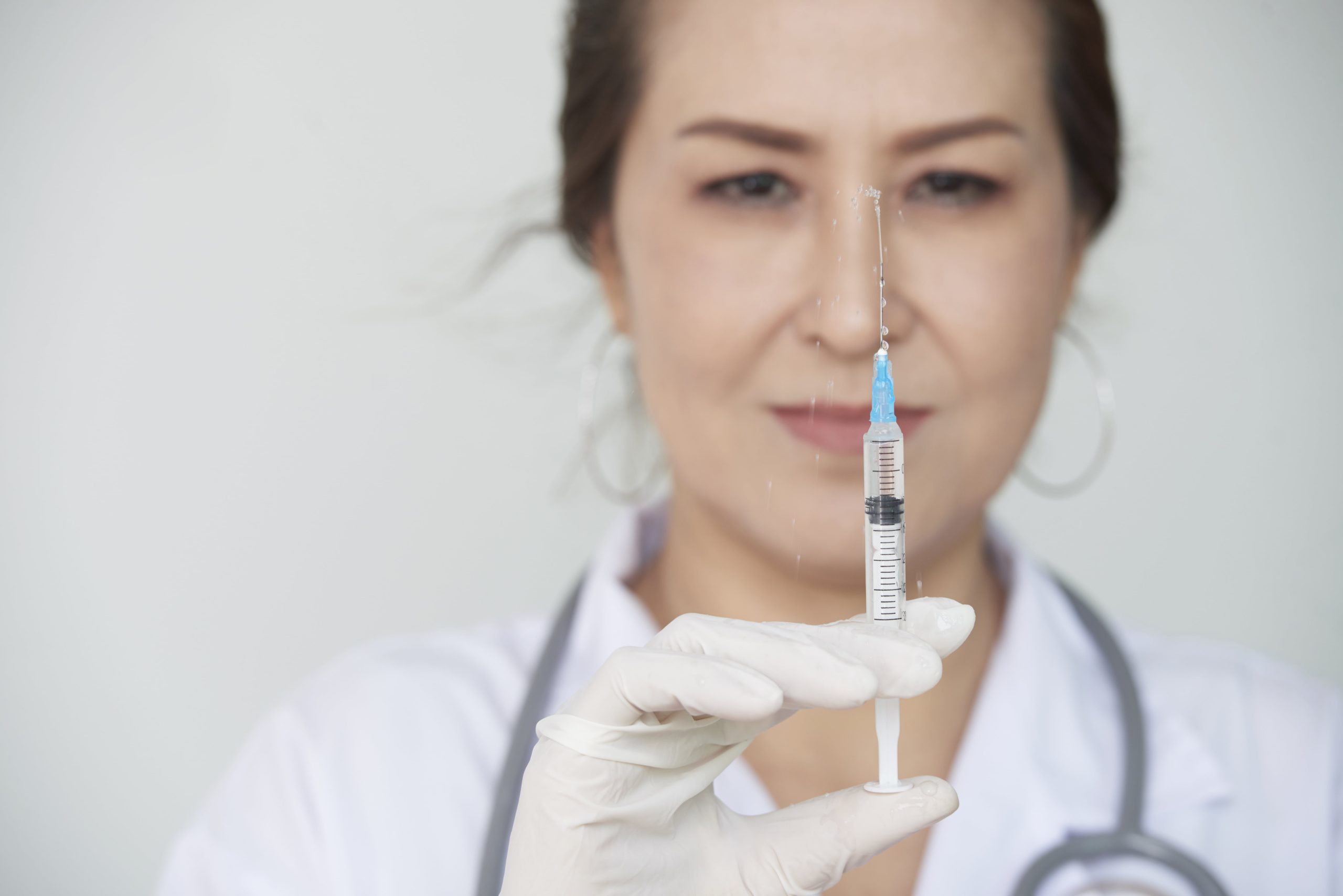
Radiesse vs Sculptra: Which Collagen-Stimulating Filler Is Better?
As the popularity of natural beauty trends, like the no-makeup makeup look, continues to rise, the demand for subtle, long-lasting enhancements has reshaped the filler industry as well. More patients are turning to treatments that enhance their features while correcting concerns like uneven texture or volume loss, all without compromising…
Read More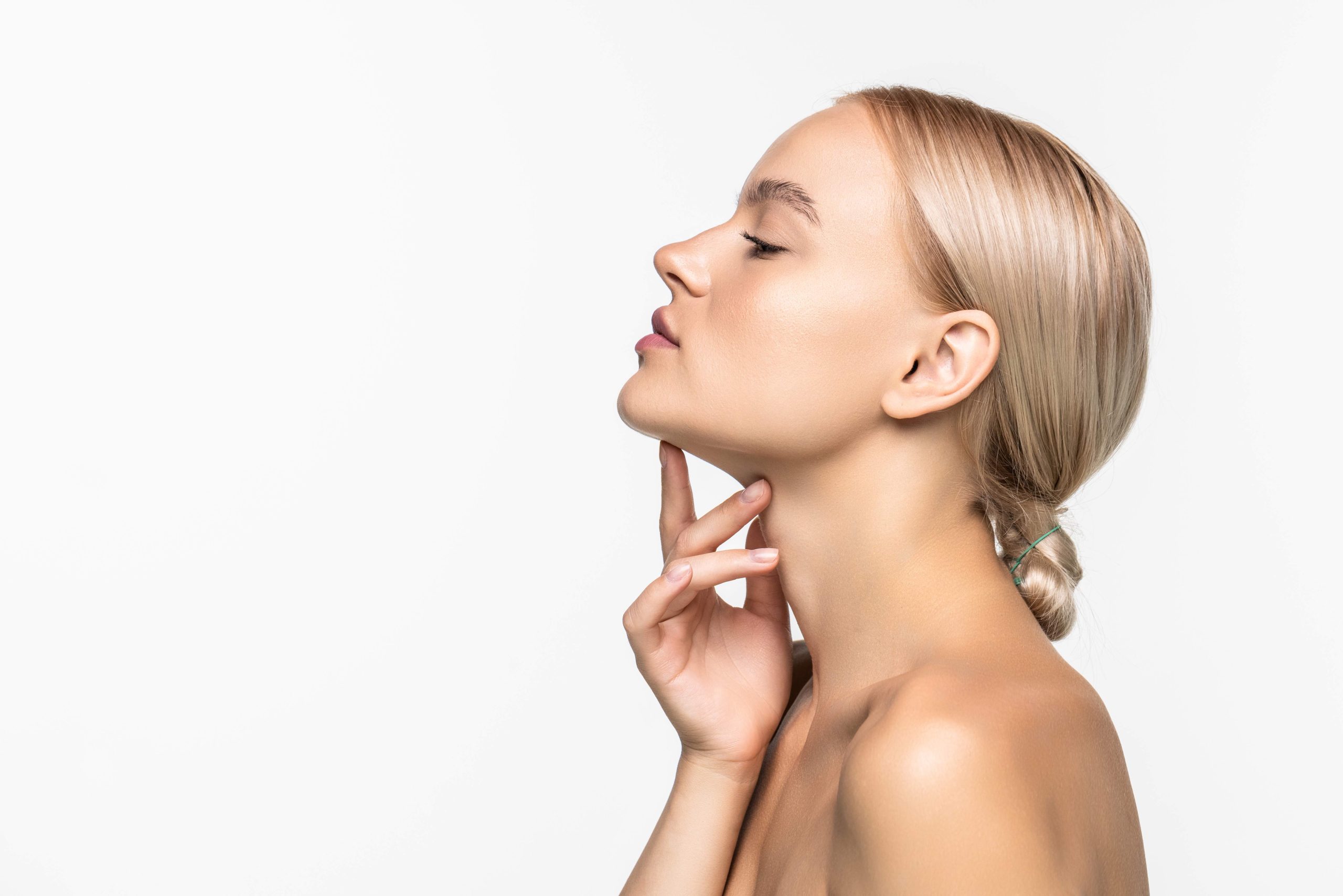
Non-Surgical Jaw Definition: Radiesse Jaw Before and After Transformation
In the age of defined features and sculpted profiles, jawline contouring has become one of the most in-demand aesthetic procedures among both male and female patients. But not everyone is ready for surgery or permanent changes. That’s where non-surgical options like Radiesse jawline enhancement come in, offering a high-impact transformation…
Read More